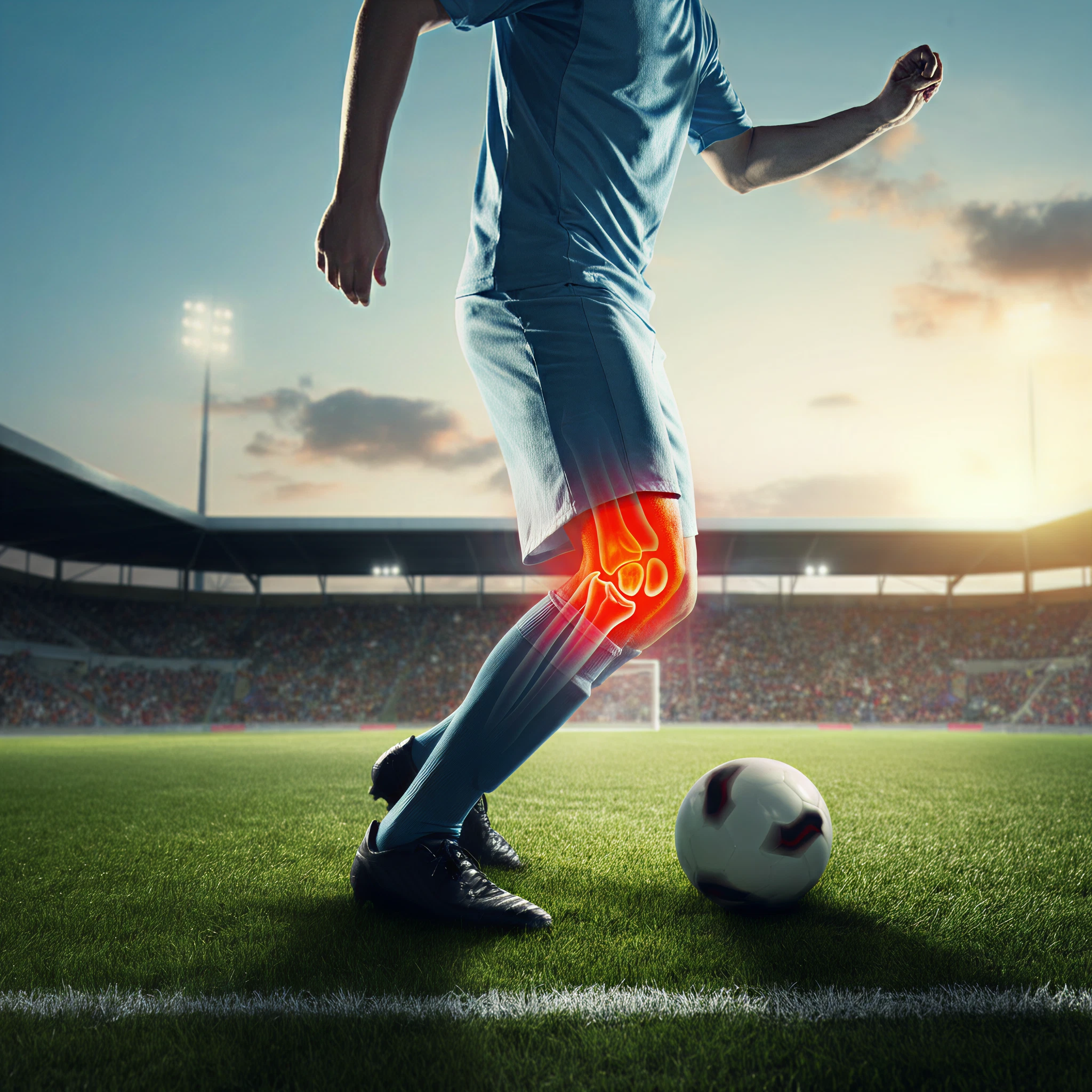ACL injuries are a common concern for athletes, sports enthusiasts, and healthcare professionals alike. These injuries can be debilitating and, if left untreated, may lead to long-term issues such as arthritis or chronic instability. This article provides a comprehensive overview of ACL injuries, focusing on causes, symptoms, and treatment options to help you better understand this condition.
What Is an ACL and How Does It Get Injured?
The anterior cruciate ligament (ACL) is a key structure in the knee that stabilizes movement and controls rotation between the shinbone and thighbone. An ACL injury often occurs during rigorous activities that involve sudden twists, pivots, or stops. More specifically, sports like soccer, basketball, and skiing are prime culprits.
An ACL injury can range from a mild sprain to a complete rupture. Here’s how these injuries are classified:
- Grade 1 (Sprain): Overstretched but intact ligament with mild swelling or discomfort.
- Grade 2 (Partial Tear): Moderate tearing of the ligament fibers, sometimes causing instability.
- Grade 3 (Complete Tear): The most severe type, with a fully torn ligament often requiring surgical intervention.
Symptoms of an ACL Injury:
- Feeling or hearing a «pop» in the knee at the time of injury.
- Severe pain and swelling that develops quickly.
- Instability or a sensation that the knee might «give out.»
- Limited mobility and difficulty bearing weight.
Causes and Risk Factors for ACL Tears
Understanding the causes of ACL injuries can help athletes and active individuals stay informed and cautious. Common causes include:
- Sports Injuries: Sudden pivots, awkward landings, or direct collisions while playing sports.
- Risky Movements: Activities like stopping suddenly or twisting the knee inwards when landing.
- Trauma: Car accidents or falls involving direct impact to the knee.
- Gender Differences: Women are more prone to ACL injuries due to physical and hormonal factors.
Additional risk factors include inadequate physical training, weak lower body muscles, and improper movement techniques.
Preventing ACL Injuries
While you can’t prevent every injury, you can significantly reduce the likelihood of an ACL tear through these strategies:
- Strength Training: Focus on the core and lower-body muscles, including quads, hamstrings, and glutes.
- Improved Techniques: Work on landing mechanics and proper movement patterns to decrease stress on the knee.
- Stretching and Warm-Up: Incorporate exercises that promote flexibility and prepare your body for high-impact activities.
- Engage a Mentor: Consult a physical trainer or physiotherapist for a tailored injury-prevention plan.
Treating an ACL Injury
Treatment for an ACL tear depends on the severity of the injury and your lifestyle needs. Below are the most common solutions:
Non-Surgical Treatment:
- Rest and Ice Therapy: Reduces swelling and helps manage pain.
- Braces and Crutches: Provide support and prevent further injury.
- Physical Therapy: Focuses on strengthening the knee and surrounding muscles to restore mobility.
Surgical Treatment:
For severe or complete ACL tears, surgery may be necessary. The process involves reconstructing the torn ligament using a graft, which is often taken from another part of your body or a donor. Post-surgery rehabilitation is essential and typically includes a structured physical therapy program aimed at restoring knee function.
Surgery is particularly recommended for athletes who want to return to high-impact sports or individuals experiencing significant knee instability in daily life.
ACL Recovery Timeline
The recovery process varies based on the type of treatment and individual factors:
- Non-Surgical Cases: Recovery can take several weeks to months, depending on the severity of the injury and commitment to physical therapy.
- Surgical Cases: Typically, full recovery ranges from 6–12 months with proper rehabilitation.
Athletes can return to sports once a medical professional confirms the knee’s strength and stability is restored.
Why ACL Awareness Matters
ACL tears are more than just a physical challenge; they can disrupt lives, careers, and mental health. Beyond treatment, education and prevention should play a pivotal role in tackling this injury. Those at risk, particularly athletes, should prioritize conditioning, safe practices, and listening to their bodies to avoid long-term complications.
If you suspect an ACL injury or have questions about recovery, don’t wait. Seek advice from a healthcare professional or an experienced sports medicine specialist to ensure proper diagnosis and treatment.
Take the First Step Toward Recovery
Knee injuries are complex, but understanding your condition and exploring your options can make a world of difference. Whether you’re an athlete eager to get back on the field or someone wanting to enjoy daily activities pain-free, staying informed is crucial.
For expert guidance, consult a sports medicine professional or explore resources from trusted organizations like Mass General Brigham Sports Medicine. Don’t wait until pain and instability worsen—take action today and prioritize the health of your knees!








